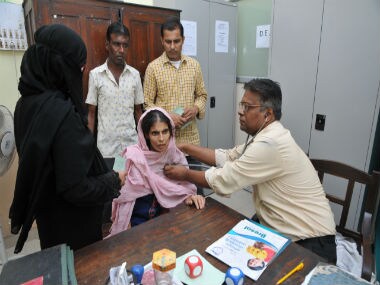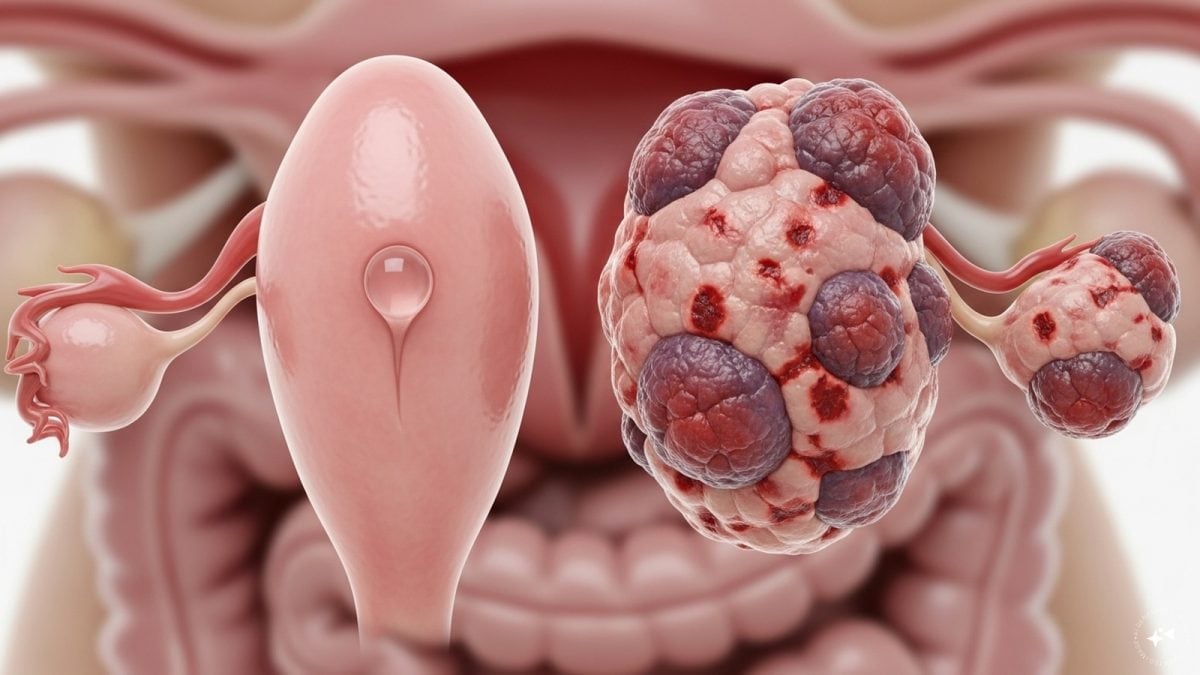WHO’s World Malaria Report 2019, released earlier this month, suggested a general downward trend in global malaria incidence. The maximum number of cases were reported in the WHO African region at 93% (213 million), followed by the South-East Asian region (in which India falls) at 3.4%. India is responsible for the large majority of cases in South East Asia with 6.7 million cases. [caption id=“attachment_7794461” align=“alignleft” width=“380”]  A Dengue and Malaria clinic in Kolkata. Image source: Getty Images.[/caption]
What is malaria and how is it treated?
Malaria is caused by parasites carried by female Anopheles mosquitoes. They transmit the disease through biting. It is an acute febrile illness and symptoms include high fever, headache and chills. Partial immunity is developed with exposure and reduces the intensity of the disease. Epidemics spread when climatic conditions favour the mosquitoes (spikes are seen around the rainy season) and when human immunity is low and transmission more likely. This could be the case when a large population is introduced to a new area such as in a refugee crisis. Vector control, therefore, is the best mode of defence. Insecticide-treated nets (ITNs) and indoor residual spraying (IRS) with insecticides have been endorsed by the WHO as effective preventive tools. If diagnosed with malaria, the best available treatment at the moment is ACT (artemisinin-based combination) therapy.
Global trends
Overall, malaria cases fell from 231 million in 2017 to 228 million in 2018. Of these, 416,000 cases resulted in death in 2017 compared to 405,000 cases in 2018. India bore 3% of overall deaths, making it a high burden country. While the incidence rate of malaria declined globally from 71 to 57 cases per 1000 in high-risk populations between 2010 and 2018, it has remained stagnant at 57 since then. This has been attributed to high-risk countries such as Nigeria and Ghana which saw a high increase in incidence between 2017 and 2018.
Mortality in children
Alarmingly, children under 5 made up 67% of malaria deaths worldwide. This is of special concern given the comorbidity of low birthweight and moderate to severe anaemia seen in children in high-risk areas and those tested positive for strains of the malaria parasite.
The Indian situation
While 58% of reported cases in South East Asia were in India, the report praised the country for a reduction of 2.6 million cases in 2018 from 2017 - a 51% reduction. Additionally, the report noted that India had the highest direct domestic investment in addressing malaria. The National Strategic Plan for malaria elimination 2017-2022 has set aside Rs 10,653 crore to fund the program which dwarfs any international commitment. “The decline in cases and mortality across the country is certain,” Dr Sanjeev Gaikwad, India country director of Malaria No More, an international NGO, told myUpchar over the phone. “The government has focussed resources on disease prevention and taken a decentralized, community-based approach that has worked well. For example, LLINs (long-lasting insecticidal nets) have been provided free of cost through ASHAs (Accredited Social Health Activists) and primary health centres. They retain potency for 3 years and have been effective in lowering cases in endemic areas. Not only do they provide a physical barrier, but mosquitoes die on contact with them,” he added further.
Reporting and monitoring remain challenges
An underlying issue though is that malaria cases in the private sector are underreported. “If you look at NSSO (National Sample Survey Office) data for this year, it says that the majority of people go to the private sector to get treatment for diseases like malaria,” Dr Gaikwad said. Malaria is a notified disease and cases need to be declared to the local health authority for monitoring purposes. “But there is no easy mechanism to do this. Some private-sector doctors are not aware of this clause and those who are, don’t know how or where to report the disease,” he added.
The success of the Odisha model
Odisha was the highest-burden state in the country according to previous reports. Thick forests and climatic conditions made it difficult to implement interventions and reach populations in rural areas. While parts of it are still highly endemic areas, the Durgama Anchalare Malaria Nirakaran (DAMaN) model which calls for early case detection, prompt treatment and robust vector control have significantly lowered the number of cases. An army of ASHAs undergo rigorous training under the state government to detect and treat malaria. They are trained to perform rapid diagnostic tests (RDTs) and provide life-saving antimalarial drugs if required. ASHAs maintain health cards and monitor the progress of treatment as well. The government distributed more than 11 million ITNs for free and ASHAs went door to door to ensure they were being used correctly. Estimates suggest that 80% of nets were used when sleeping at night. “An impressive move by the Odisha government was the undertaking of mass screenings. Camps were set up and people underwent tests to check for asymptomatic malaria. ASHAs also organize awareness camps and cultural performances highlighting the importance of malaria prevention,” Dr Gaikwad said.
The availability of antimalarial drugs
ACT, which is the most potent therapy against malaria, is available for free at Primary Health Clinics (PHCs). Luckily in India, resistance to ACT has not been reported so far. In parts of Vietnam, there has been a spike in resistance, raising concerns about an outbreak. “Drugs are not given preemptively in the case of malaria in India. Evidence has shown that they may increase the likelihood of resistance to ACT and cause more problems. In some places in Subsaharan Africa, where the disease is more virulent, intermittent preventive treatment is provided but it is not required here,” Dr Gaikwad said, explaining the importance of focussing on preventive measures.
Tangible progress but more work ahead
India has made impressive strides in dealing with malaria. However, the gap needs to be closed between the private and public sectors to ensure an accurate collection of data and to maintain a high quality of treatment. Odisha has been an inspiration in bringing down malaria cases - the country will do well to follow in its footsteps. For more information, please read our article on Malaria: Types, Symptoms, Causes, Prevention_._ Health articles in Firstpost are written by myUpchar.com, India’s first and biggest resource for verified medical information. At myUpchar, researchers and journalists work with doctors to bring you information on all things health.


)

)
)
)
)
)
)
)
)



